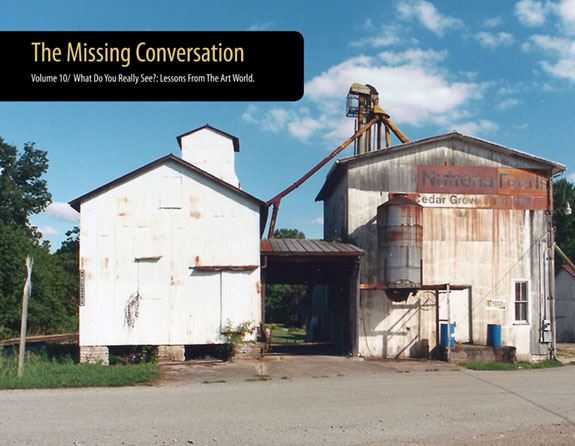Is it possible to capture the intangible qualities of an object or scene in model form? And just what am I referring to when speaking of intangible?
Call it atmosphere, character or whatever you choose, modelers have been chasing greater levels of realism for decades. For many, if not the majority, greater realism is defined by finer quality details as replacements for crude lumps of cast metal or plastic. It also means more accurate paint and lettering, or the correct style of door on a boxcar.
While all of these enhance the likeness of a model, is there more to it than mere surface details?
Today, cutting edge modelers are giving far more attention to paint and weathering effects by bringing an artist’s eye and expertise to them. For well-known armor modeler Michael Rinaldi, the finish of a model represents an opportunity to tell a deeper story. (Modeling as storytelling! Where have you heard that before?)
Even though modelers have pursued greater realism, too often the attempts fall short. There’s a razor thin line between weathered and creating a cartoonish caricature by a rote use of techniques, rather than learning why or how such effects would develop in reality. (A topic covered in TMC Vol. 08.) If we are to avoid stepping over the line into cartoonland, what kind of mindset might we bring to the work of modeling the intangible?
In The Missing Conversation Vol.10, I share the story behind one of one my watercolor paintings by starting with the original inspiration, the questions I explored about the subject and the thought process that led to the finished work. And of course, I connect it all to our craft by outlining the important details and qualities I wanted in my model of the Cedar Grove Mill on the layout.
In art or model building, once basic skills and techniques have been acquired, what then? Does one just fall into a habit of mindless repetition, or is there another path to follow?
I’ve written extensively about the process of learning to see. Admittedly, it’s an abstract concept that’s difficult to describe; one simply has to experience the insight to truly get it. However, there is a way. One learns to see more deeply as a result of acquiring a more thorough understanding of a subject by asking better questions. The two are intimately connected.
Through TMC 10 I explore the idea that prototype modeling is actually a deep conversation between modeler and subject. And like painting it’s a conversation that takes time, practice and patience to develop. It’s a conversation born of curiosity and a humility that assumes nothing.
I’ve only begun to explore this theme in-depth and I feel a great enthusiasm for where it could take my modeling. I hope you enjoy the volume, which is now up in the OST Store.
Regards,
Mike

0 Comments